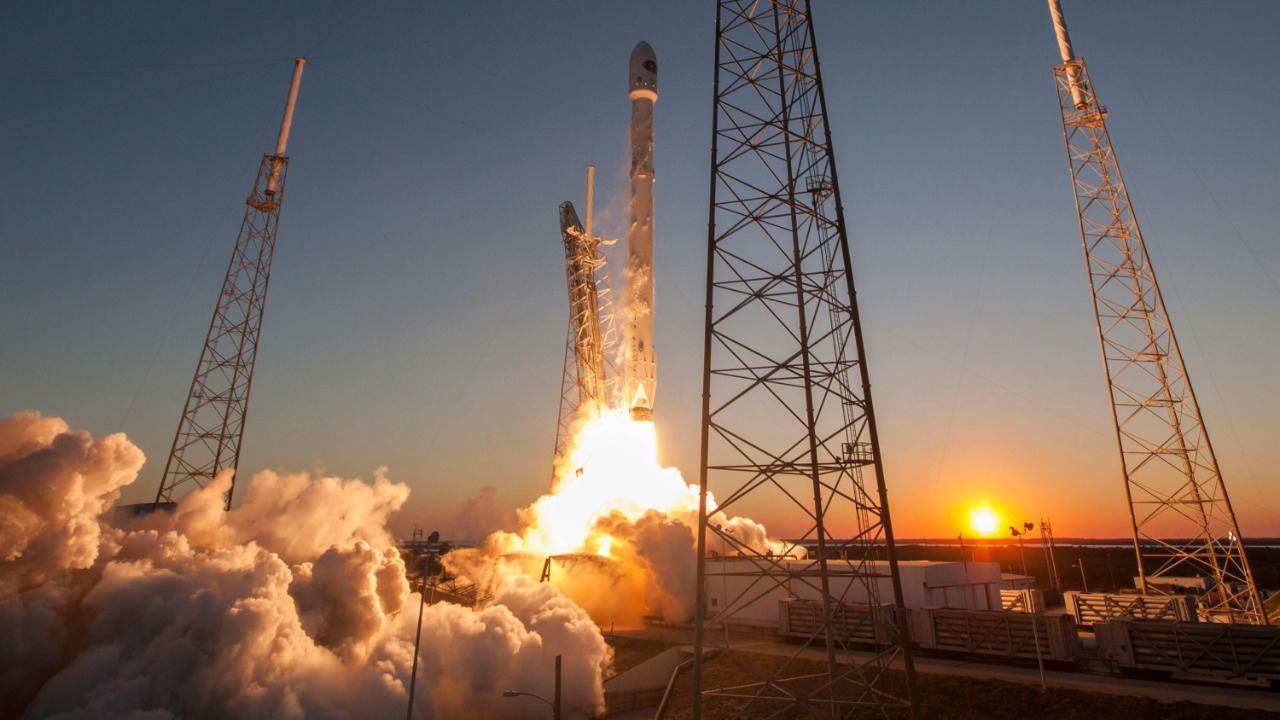
SpaceX has reached a pivotal moment in its ambitious space exploration journey by launching its Starship V2 rocket for the final time. This launch marks a significant transition as the company shifts its focus to developing its most powerful rocket variant yet. The October 23, 2025, launch followed a series of test flights that have both challenged and advanced SpaceX’s capabilities, including a successful Flight 10 that propelled the Starship Mars rocket program forward. This progression builds on earlier challenges, such as the destruction of the spacecraft during a test flight and the loss of contact on the ninth test flight.
Early Challenges in Starship Test Flights
SpaceX’s journey with the Starship V2 has not been without its hurdles. On January 16, 2025, a test flight ended in the destruction of the spacecraft, highlighting the initial challenges in achieving stable orbital performance. This incident underscored the complexities involved in developing a reliable spacecraft capable of interplanetary travel. The destruction of the Starship during this test flight served as a critical learning opportunity for SpaceX, prompting the company to reassess and refine its engineering approaches to enhance the spacecraft’s resilience and performance according to NPR.
The challenges continued with the ninth test flight on May 28, 2025, when SpaceX lost contact with its Starship after the previous two flights ended in flames. This series of setbacks highlighted the role of the Super Heavy booster in these failures, emphasizing the need for improvements in the booster’s design and functionality. The loss of contact during this flight was a significant setback, but it also provided valuable data that informed subsequent engineering adjustments. These adjustments focused on improving reentry and control systems, which were crucial for the success of future missions as reported by CBS News.
Breakthrough with Flight 10 Success
SpaceX achieved a major breakthrough with the successful launch of the Starship rocket on August 27, 2025. This stunning comeback was marked by key achievements such as successful booster separation and payload deployment. The success of Flight 10 was a testament to SpaceX’s resilience and ability to overcome previous challenges. It validated several technologies critical for interplanetary travel, including enhanced heat shielding and propulsion efficiency. This flight not only demonstrated the viability of the Starship Mars rocket program but also provided valuable data that informed upgrades to the V2 version as highlighted by BBC News.
The implications of Flight 10’s success extend beyond the immediate achievements. It paved the way for the Starship Mars rocket program by validating technologies essential for future missions to Mars. The data collected from this flight played a crucial role in refining the design and functionality of the V2 version, ensuring that it met the rigorous demands of space travel. This success story underscores SpaceX’s commitment to pushing the boundaries of space exploration and its readiness to tackle the challenges of interplanetary travel as detailed by Space.com.
The Final Starship V2 Launch
The final launch of SpaceX’s Starship V2 on October 23, 2025, marked the end of an era and the beginning of a new chapter in space exploration. This launch was not just a routine mission; it was a culmination of years of development and testing. The mission objectives included full-duration burns and splashdown tests, which were critical for validating the performance of the V2 version. The performance metrics from this flight, such as the altitude reached and the resolution of any anomalies from prior tests, provided valuable insights into the spacecraft’s capabilities as reported by SlashGear.
The design features of the V2, such as iterative improvements in stainless steel construction, played a significant role in bridging the gap to next-generation models. These improvements were not just cosmetic; they were essential for enhancing the spacecraft’s durability and performance. The final launch of the V2 version was a testament to SpaceX’s commitment to continuous improvement and innovation. It set the stage for the development of even more powerful rocket variants, capable of taking on the challenges of future space missions.
Transition to the Most Powerful Rocket
With the conclusion of the Starship V2 program, SpaceX is now poised to focus on its most powerful rocket variant yet. This transition is not just about building a bigger rocket; it’s about scaling up the capabilities of the Starship Mars rocket for future missions to Mars. The upcoming rocket variant is expected to feature significant enhancements in thrust and payload capacity, making it a formidable tool for interplanetary exploration. These enhancements are crucial for supporting the ambitious goals of the Starship Mars rocket program, including the potential for human colonization of Mars as noted by Space.com.
As SpaceX embarks on this new phase, it must also navigate regulatory and environmental considerations. The evolution of the Super Heavy booster has provided valuable lessons in managing these challenges, ensuring that future developments align with both technological and environmental standards. The transition to the most powerful rocket variant represents a significant step forward in SpaceX’s mission to make space travel more accessible and sustainable. It reflects the company’s commitment to innovation and its vision for the future of space exploration as discussed by CBS News.
More from MorningOverview